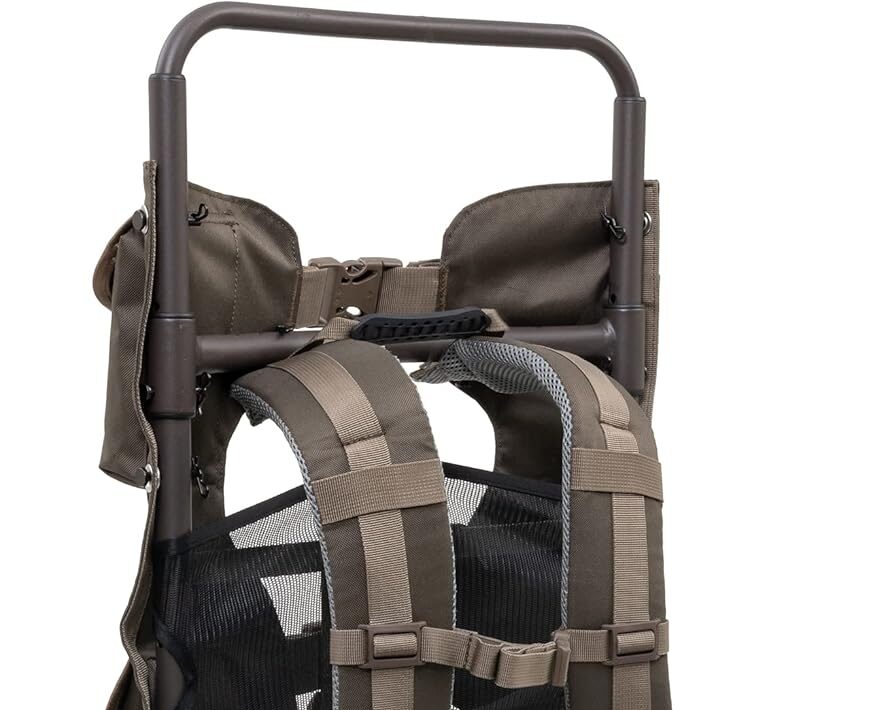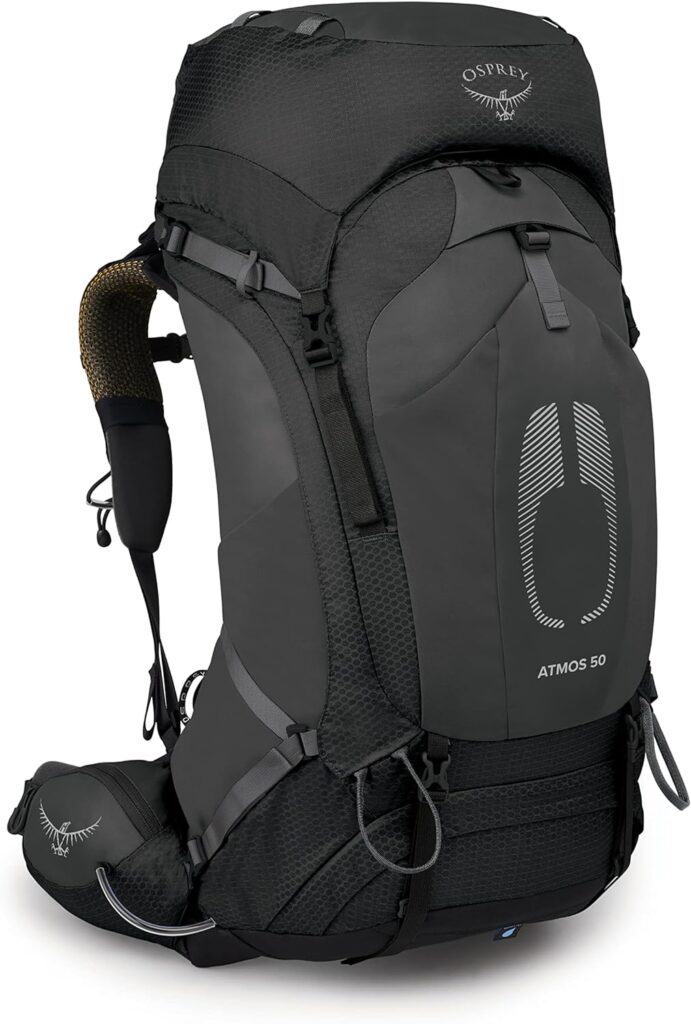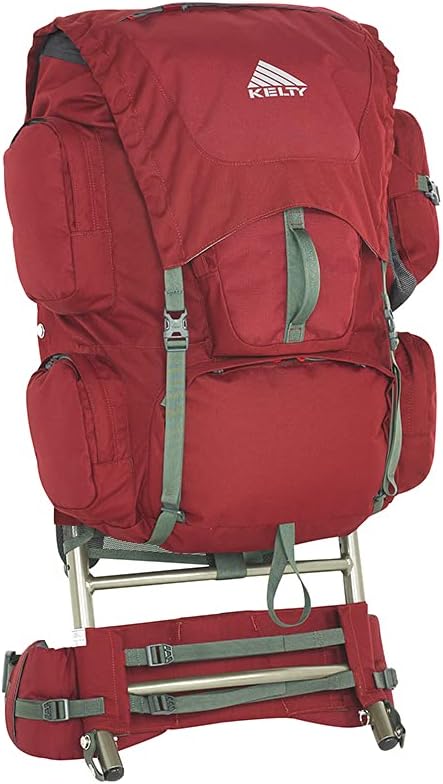<script type="text/javascript" src="http://classic.avantlink.com/affiliate_app_confirm.php?mode=js&authResponse=c4e13e1b9b5acdedad16d533a16f7bf0c234d607"></script>
<script type="text/javascript" src="http://classic.avantlink.com/affiliate_app_confirm.php?mode=js&authResponse=c4e13e1b9b5acdedad16d533a16f7bf0c234d607"></script>

Choosing between an internal frame backpack and an external frame backpack can significantly impact your comfort, stability, and packing efficiency on outdoor trips. While internal frame backpacks dominate the market today, external frame packs still offer unique advantages for certain hiking and camping situations.
This guide will break down the pros and cons of internal vs. external frame backpacks, helping you decide which option best suits your outdoor needs. If you’re looking for top-rated packs, check out our Best Backpacks of 2025 for expert recommendations.
An internal frame backpack features a hidden, rigid structure inside the pack, typically made of aluminum stays, carbon fiber, or plastic reinforcements. These backpacks are designed for ergonomic support, weight distribution, and balance, making them ideal for most hiking and backpacking trips.
🔹 Best for: Backpackers, hikers, and mountaineers who need mobility and balance.

👉 Pairs well with: Best Sleeping Bags of 2025 for a complete ultralight setup.
An external frame backpack features a visible, rigid frame (usually aluminum) that supports a pack bag attached with straps or clips. These packs were popular before internal frames became the standard, but they are still favored for carrying heavy loads on established trails.
🔹 Best for: Campers carrying heavy loads and hikers on well-maintained trails.

👉 Pairs well with: Best Tent Accessories of 2025 for maximizing gear storage on long trips.
| Feature | Internal Frame Backpack | External Frame Backpack |
|---|---|---|
| Weight Capacity | Moderate to heavy loads (up to ~50 lbs) | Best for heavy loads (50+ lbs) |
| Mobility & Agility | Great for rough terrain and off-trail | Best for even terrain and trails |
| Ventilation | Less airflow (direct contact with back) | Better airflow (pack sits off back) |
| Gear Storage | Internal compartments, fewer external attachment points | More external attachment points for gear |
| Modern Features | Hydration sleeves, lightweight materials, ergonomic fit | Basic structure, fewer modern features |
| Best For | Backpacking, hiking, mountaineering, ultralight trips | Long-distance trekking, heavy loads, organized trails |
| Your Outdoor Activity | Best Backpack Type |
|---|---|
| Backpacking and hiking on rough terrain | Internal Frame |
| Carrying heavy loads (50+ lbs) | External Frame |
| Hiking in hot climates (better ventilation needed) | External Frame |
| Off-trail scrambling and mountaineering | Internal Frame |
| Long-distance treks with large gear loads | External Frame |
| Minimalist or ultralight backpacking | Internal Frame |
Choosing an external frame for technical hikes.
Solution: Internal frames offer better agility on uneven terrain.
Overloading an internal frame pack.
Solution: If carrying 50+ lbs, an external frame is better for weight distribution.
Ignoring ventilation needs.
Solution: If you hike in hot climates, an external frame allows better airflow.
Which backpack frame type is better for beginners?
Do external frame backpacks still have a purpose?
Can I carry an external frame pack in the mountains?
Both internal and external frame backpacks have their advantages, and the right choice depends on your hiking style, gear load, and terrain preferences. If you need a lightweight, modern, and agile backpack, go for an internal frame. If you’re carrying heavy loads on long trails, an external frame backpack offers superior support.
Looking for top-rated backpacks this year? Check out our Best Backpacks of 2025 for expert recommendations and gear reviews!